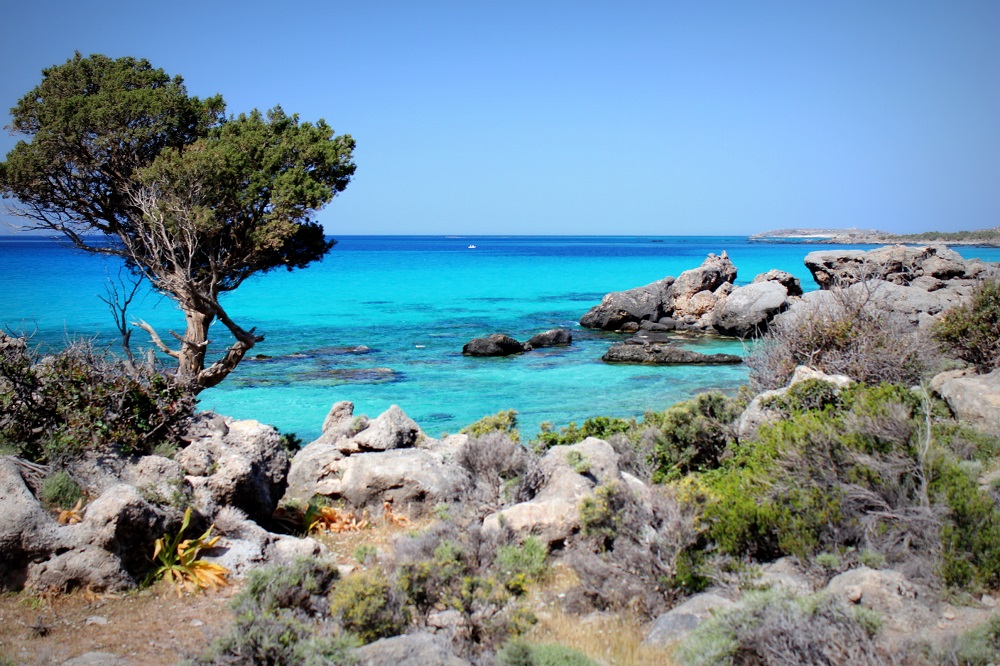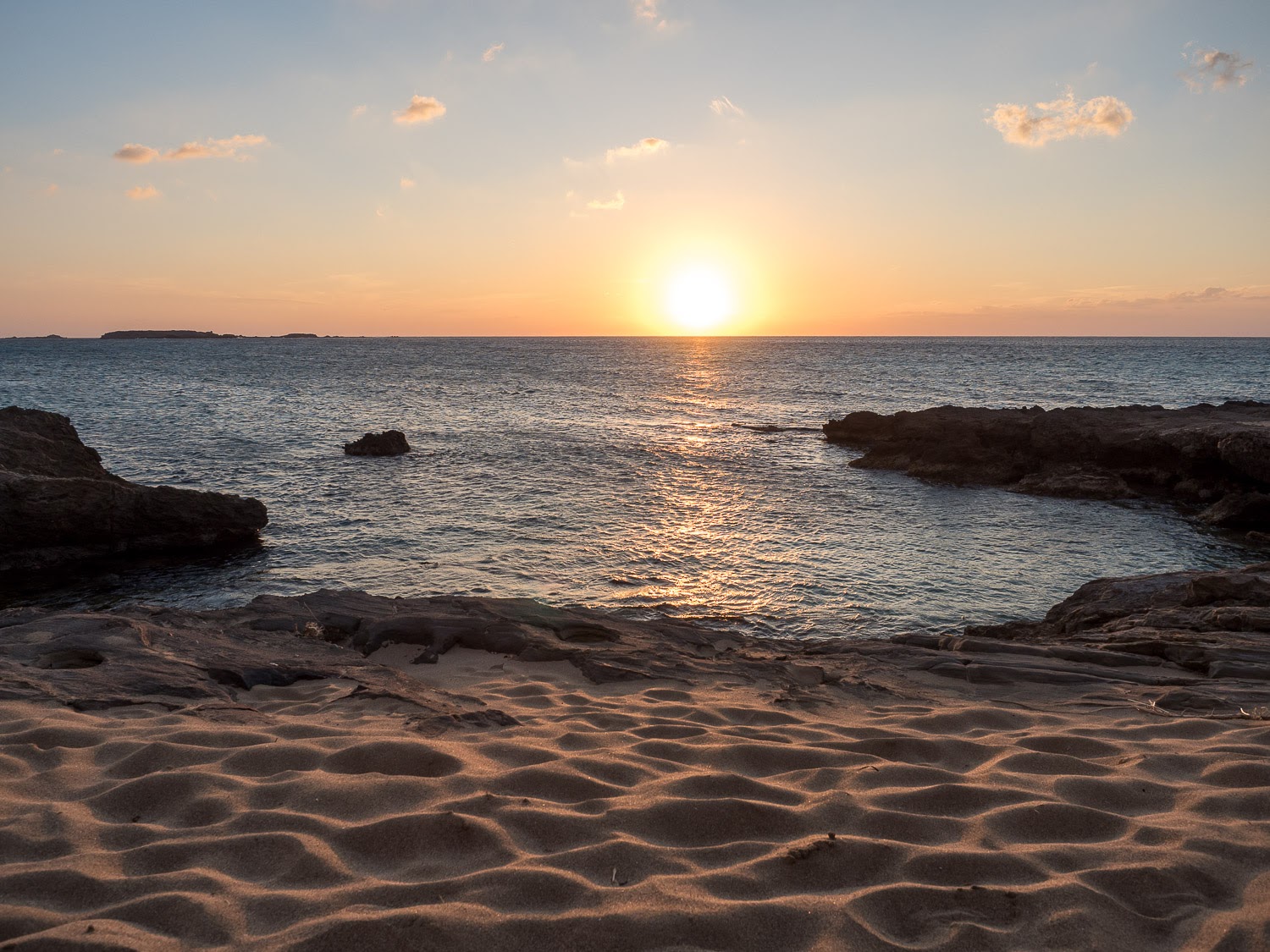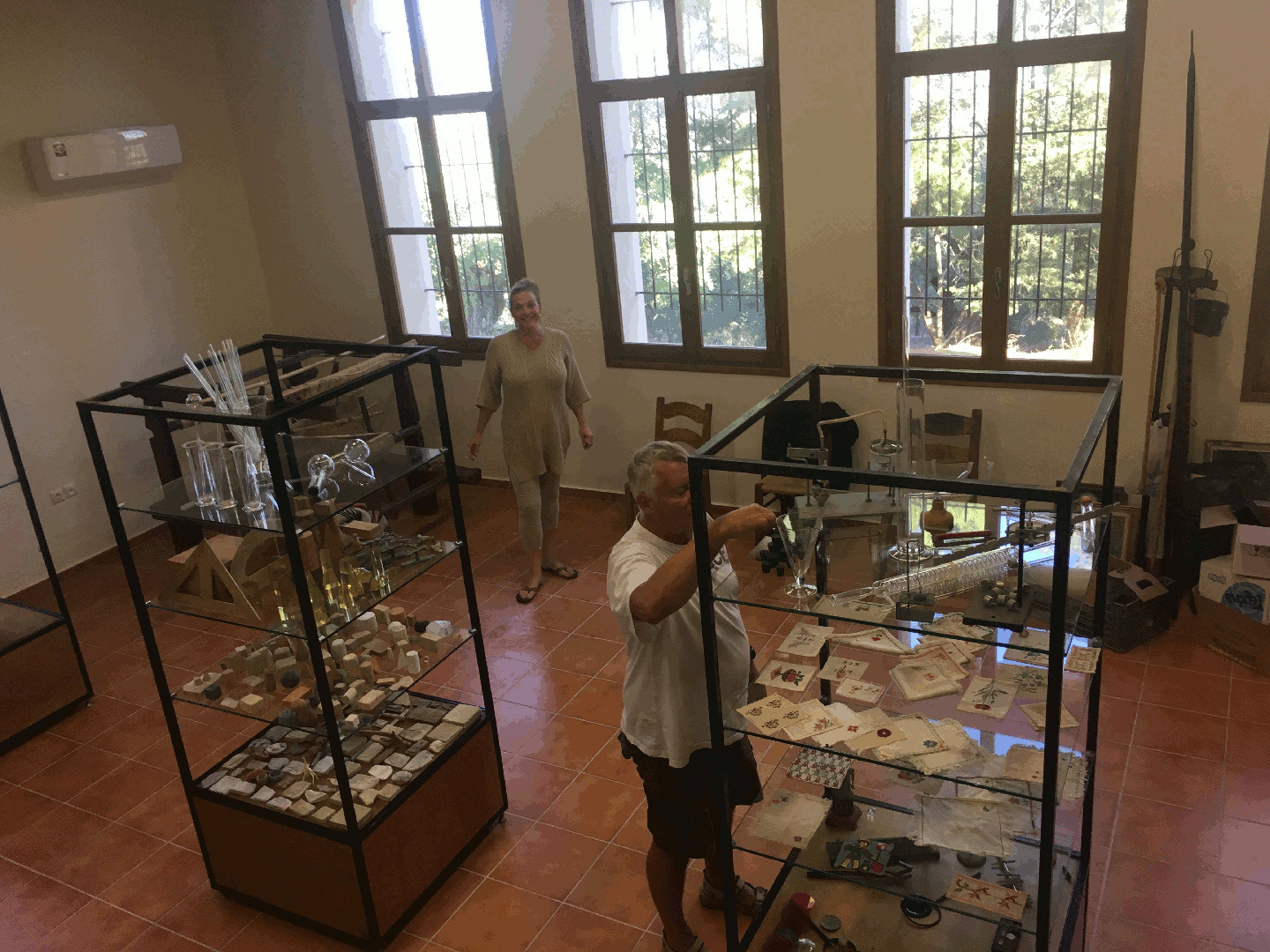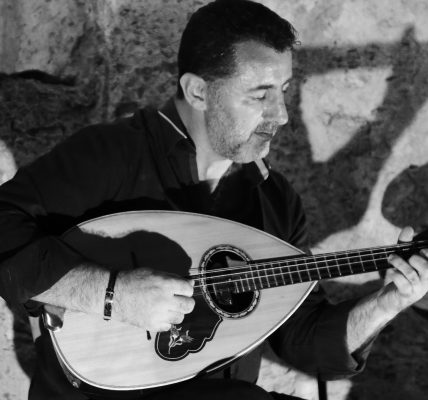Natura sites were at the center of the “Environment and Ecosystems” parade held last Wednesday at the “Giannis and Eleni Garedaki” Printing House, Chania, as part of the 6th Summer School of Environmental Journalism.
As the speakers pointed out, 1/3 of the total area of Crete is classified as a protected area of Natura, while out of a total of 53 delimited areas, 22 are located in the District of Chania. At the same time, environmental economists characterize Natura sites as a blessing for a county by highlighting the many economic and environmental benefits that local communities can derive from the protection regime in place.
Speaking about the social and economic benefits of protected areas of the Natura 2000 Network, the environmental economist of the University of Crete – Natural History Museum, Georgia Pilgots, stressed that in particular Chania, which has the largest percentage of protected areas, should be considered “blessed”. “See how many thousands of visitors come to this ecosystem and how many people work seasonally for it,” he said. At the same time, he pointed to the way these areas open up to develop different tourist models, such as ecotourism.
However, as noted during the weekend, the local communities of Crete largely ignore the benefits of characterizing a site as Natura. The environmentalist at the University of Crete – Natural History Museum of Crete, Tania Ploumi, stressed the development opportunities offered by the model of ecotourism, ambulatory and religious tourism and others, while underlining the great potential opened for Crete if it turns to these models given the particular The natural beauty of the island and the combination of mountain and sea.
O Dr. Biologist at the University of Crete – Natural History Museum of Crete, Panagiotis Georgiakakis, talked about the “ecosystem services of wildlife”. He has made special mention of the consequences of climate change that threatens the existence of even entire islands and geographical areas and has highlighted the valuable materials that wildlife offers to humans such as oxygen, water, soil, fossil fuels, and so on.
Source: Neo Horizontes




